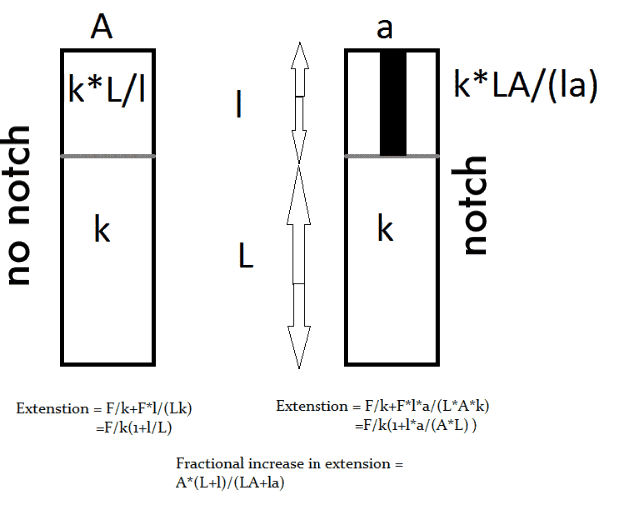F1 eng, back on the bending load, we know bolts aren't designed to work under bending load. But the paper that
YOU posted shows that the bolt can experience bending in some situations e.g during separation of two materials that are bolted together. It is something that actually happens.
Now at the same time, while I acknowledge that bolts can experience bending under flange separation, I do not think it applies to a connecting rod (I said that many times already) but I still want attempt a simulation to check if they are any loads that a reduced by adding the notch.
With that said, I do not expect the notch to reduce the axial load in the bolt under any conditions. Because the Cross sectional area of the notch and the elastic modulus of the connecting rod material does not change. The notch is only about 0.4mm deep, so I do not expect any great changes in stiffness in the axial direction. The material, titanium is already more pliant than the bolt so a 0.4mm notch would be insignificant reduction in stiffness in that direction.
I went on this "Bolt" tangent with you guys, and I listened to all the opinions

, but I still think the notch and the slanted cut is there to compress the outer hoop "fibres" of the connecting rod cap.
I am also open to the theory in the paper that you posted, so much so that I have a hunch that you can manipulate the theory of to show that, while there is no flange separation in a connecting rod, the reduction of stiffness in the
radial direction caused by the notch can reduce
bending inducing loads on the bolt. Think of like bending a plastic rod with a notch cut in it.








 Ok, that
Ok, that